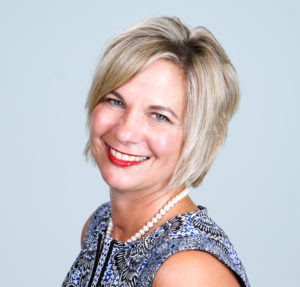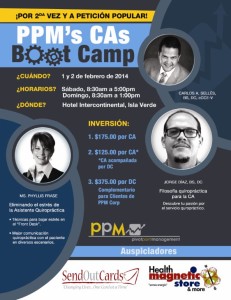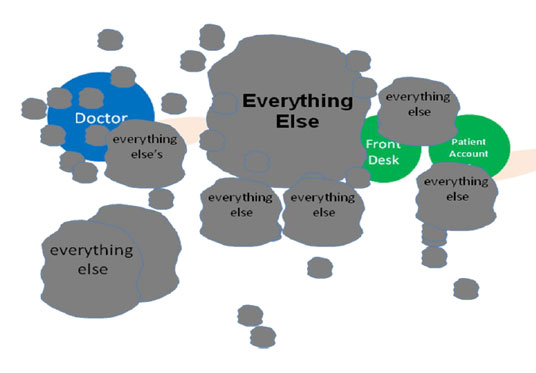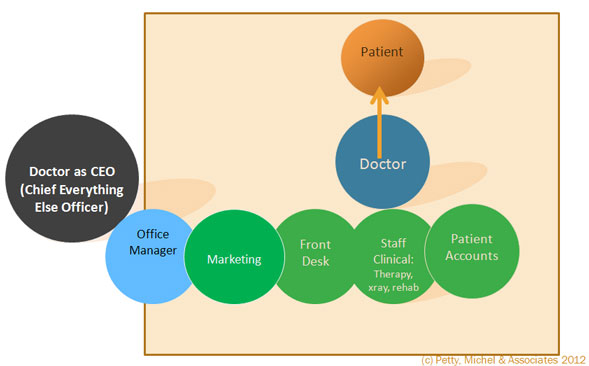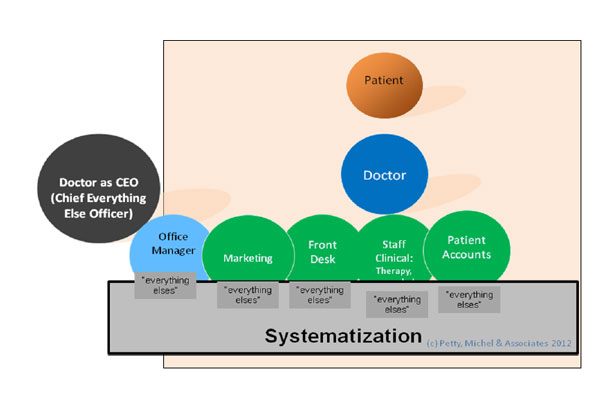Synergy and the Balanced Business
 Linda Skiles,
Linda Skiles,
Wisconsin Chiropractic Assistant of the Year 1990, 2024
We are all busy helping our patients, clients, and customers. That is what we do.
As a doctor and business owner, you have spent years learning your skills and spending fortunes investing in your business. You have sacrificed personal and family time to make a go of it. Your attention is on service, outcomes, and the bottom line. This is understandable and correct.
But sometimes, a key element of the practice gets little attention.
I have seen this in other offices as I have seen it in ours.
A business has 2 major parts. It is like a yin-yang engine. One side of the formula pushes, and the other pulls. One side is production and services, and the other is support and organization, like a car engine with driving pistons and other moving parts supported by the stable engine block.
To the degree each side, each component supports the other, the faster the engine will go.
This is synergy.
The support and organization side of the business engine does not always get the recognition it deserves. Most employees, at some point, have wanted to improve their practices and have been eager to do so.
We live in a mostly thankless world with constant negative reinforcement. We often don’t acknowledge the excellent work of our staff, our patients’ successes, or even our spouses’ contributions.
I feel that all chiropractors and their staff should take time off every month just to celebrate their successes and acknowledge their grit.
LINDA SKILES
This brings me to our Linda Skiles. Linda is our practice manager and is the C.A. to all our offices – doctors and staff. She has worked with us since 2001. She may have worked with you in one manner or another.
This weekend, in front of 400 or so in attendance at the fall convention of the Chiropractic Society of Wisconsin, Linda was acknowledged as Chiropractic Assistant of the Year.
Linda began working for a chiropractor in 1985. After he retired, she worked for another group practice here in Wisconsin. She then began working for Petty, Michel & Associates.
In 1990, Linda was awarded Chiropractic Assistant of the Year by another Wisconsin association, the Wisconsin Chiropractic Association.
In addition, she has volunteered her time to many chiropractic projects and local community activities in her small country town here in Wisconsin. She has received numerous private commendations for her good work over the years and sets an extraordinary example of team member work ethics.
She gets things done!
In 2023, she completed the Practice Manager MBA program and is now in the Practice Manager Internship and Certification Program.
Linda has contributed to the profession for 39 years and is not about to retire.
You can read more about Linda’s career here.
Let’s all take time to recognize the contributions of our support teams, without whom the engines of our businesses would not run.
Keep your motors runnin’,
Ed

Dave Michel, Linda Skiles, Ed Petty



 While she indeed does “sparkle,” so does the entire practice. And the sparkle of this office is a byproduct of its synergy.
While she indeed does “sparkle,” so does the entire practice. And the sparkle of this office is a byproduct of its synergy. On occasion, you may need to hire a new team member. We always help our clients with hiring and “onboarding” new employees on our major consulting programs.
On occasion, you may need to hire a new team member. We always help our clients with hiring and “onboarding” new employees on our major consulting programs.

